What is a Mechanical U-Joint?
A mechanical U-joint, also known as a universal coupling or Cardan joint, connects two shafts at an angle to transmit torque. Its defining feature is the cross-shaped "spider" that allows flexible rotation while maintaining mechanical linkage. This adaptability makes U-joints indispensable in automotive drivetrains, industrial machinery, and aerospace systems.
Bolt Assembly in U-Joints
Bolted U-joints use precision-machined yokes and bearing caps secured by high-strength bolts. Instead of relying solely on press-fit or snap-ring methods, bolts provide:
Enhanced Clamping Force – Ensures stability under high torque.
Ease of Replacement – Simplifies field servicing compared to welded joints.
Adjustability – Allows precise torque tightening for optimal performance.
Durability – With proper grade bolts (typically Grade 8 or equivalent), the joint resists loosening under vibration.
Common Bolt Configurations
Strap and Bolt Method – A U-joint cap is held in place by straps secured with bolts.
Direct Bolt Retention – Bolts pass through yoke holes and thread into the bearing caps.
Flanged Bolted U-Joints – Used in heavy industrial shafts, where flange bolts secure the joint to coupling hubs.
Advantages of Bolted U-Joints
Strength and Reliability: Bolts provide a rigid fastening mechanism suitable for heavy loads.
Serviceability: Damaged joints can be quickly replaced without specialized tools.
Vibration Resistance: When properly torqued with thread-locking compounds, bolts withstand dynamic forces.
Versatility: Compatible with both automotive and industrial designs.
Applications
Automotive Drivetrains – Driveshafts, steering columns, and off-road vehicles.
Industrial Equipment – Conveyor systems, rolling mills, and pumps.
Aerospace & Marine – Steering linkages, power transmission shafts.
Agricultural Machinery – PTO shafts, harvesters, and tractors.
Installation Best Practices
Use Correct Bolts: Always match manufacturer specifications for grade and size.
Apply Torque Specifications: Over-tightening can deform caps; under-tightening risks loosening.
Use Thread Locking Compounds: Prevents bolts from backing out due to vibration.
Inspect Yokes and Caps: Ensure seating surfaces are clean and free of burrs.
Follow Star Pattern Tightening (for flange bolts): Distributes load evenly.
Maintenance & Inspection
Routine Checks: Inspect bolts for loosening and re-torque if necessary.
Lubrication: Grease fittings should be serviced regularly to minimize wear.
Wear Signs: Look for play in the joint, unusual vibrations, or rust around bolt heads.
Replacement Intervals: Follow OEM recommendations, particularly for automotive applications under harsh conditions.
Conclusion
Mechanical U-joints assembled with bolts represent a balance of strength, serviceability, and reliability. Their bolted design makes them ideal for high-torque applications where maintenance access and vibration resistance are critical. By following correct installation and maintenance practices, engineers and technicians can maximize performance and extend the service life of these essential components.

 English
English Español
Español 中文简体
中文简体

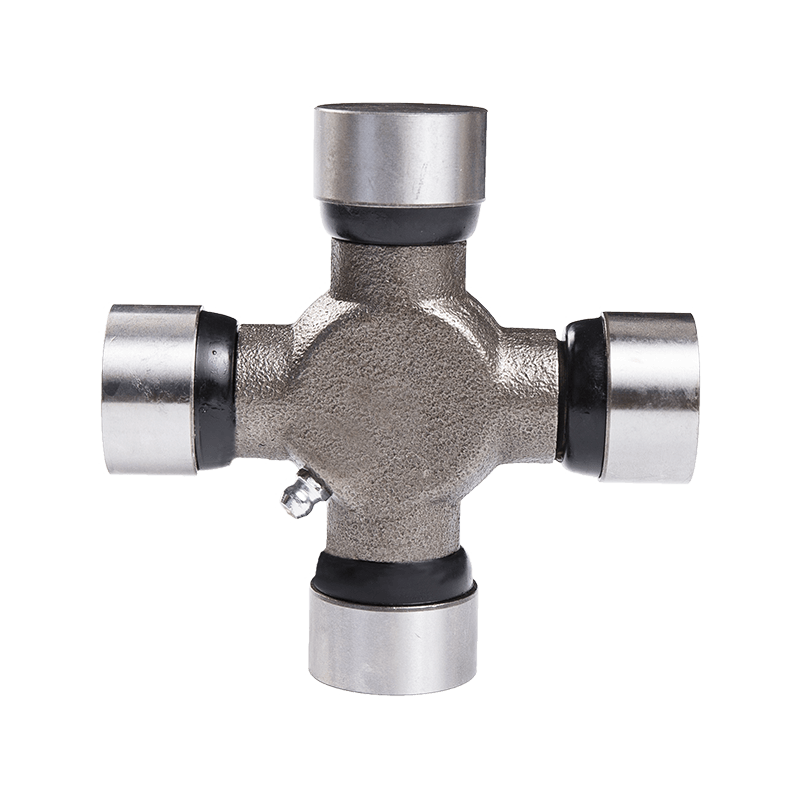
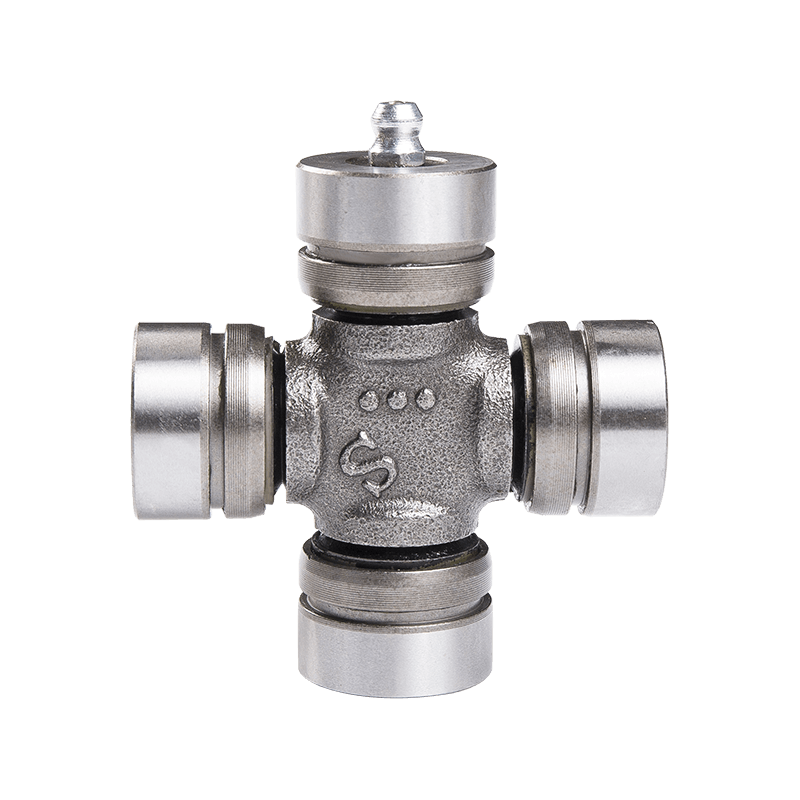
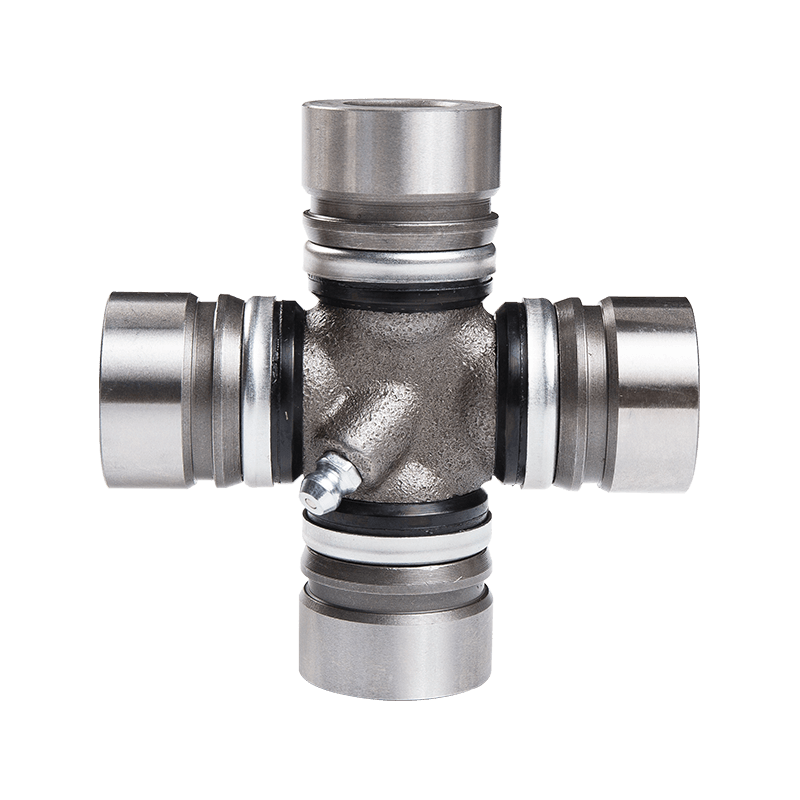
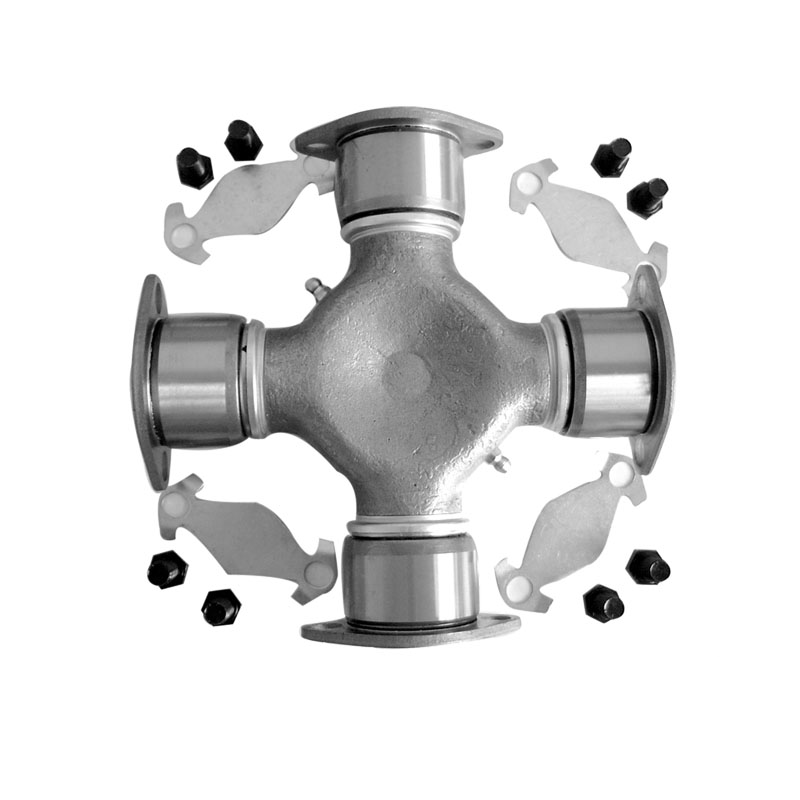
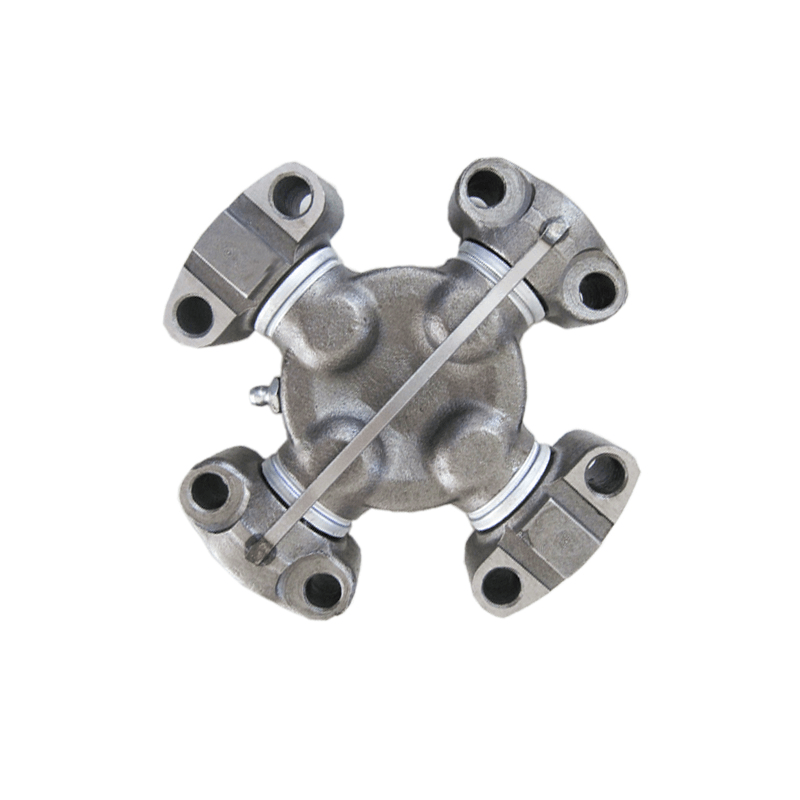
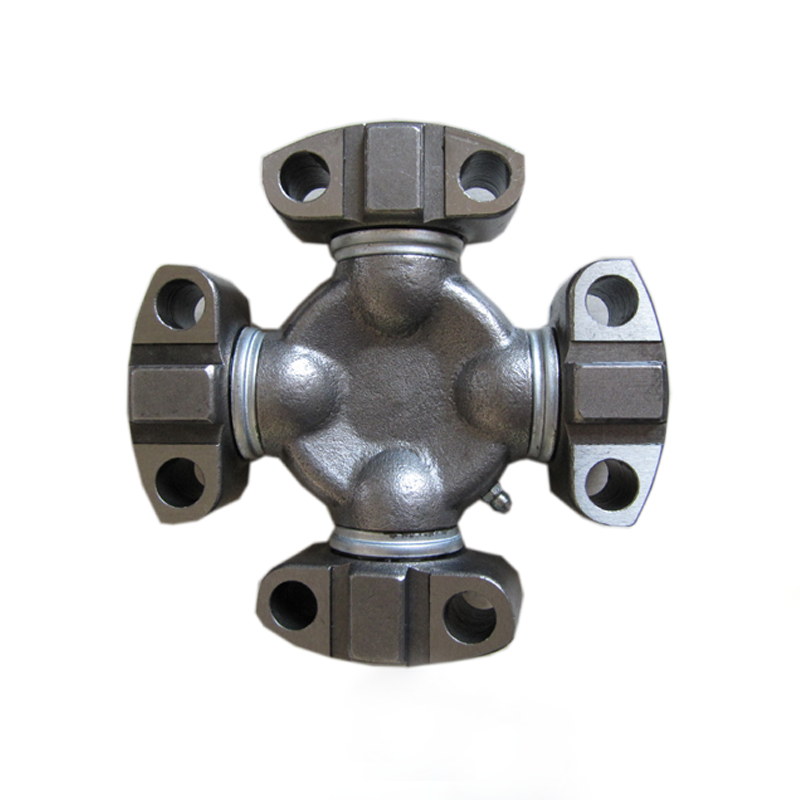
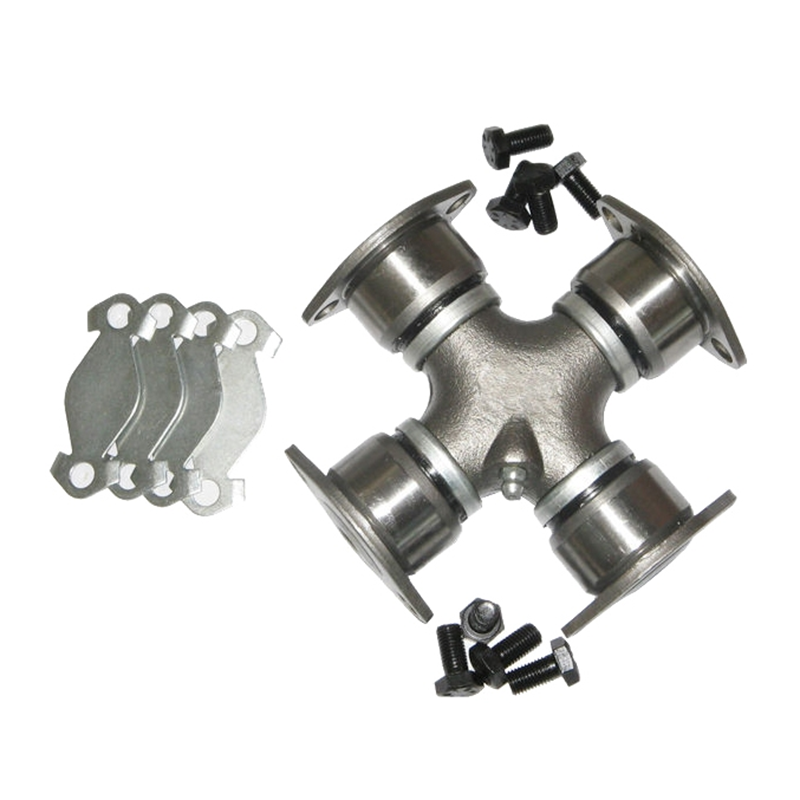
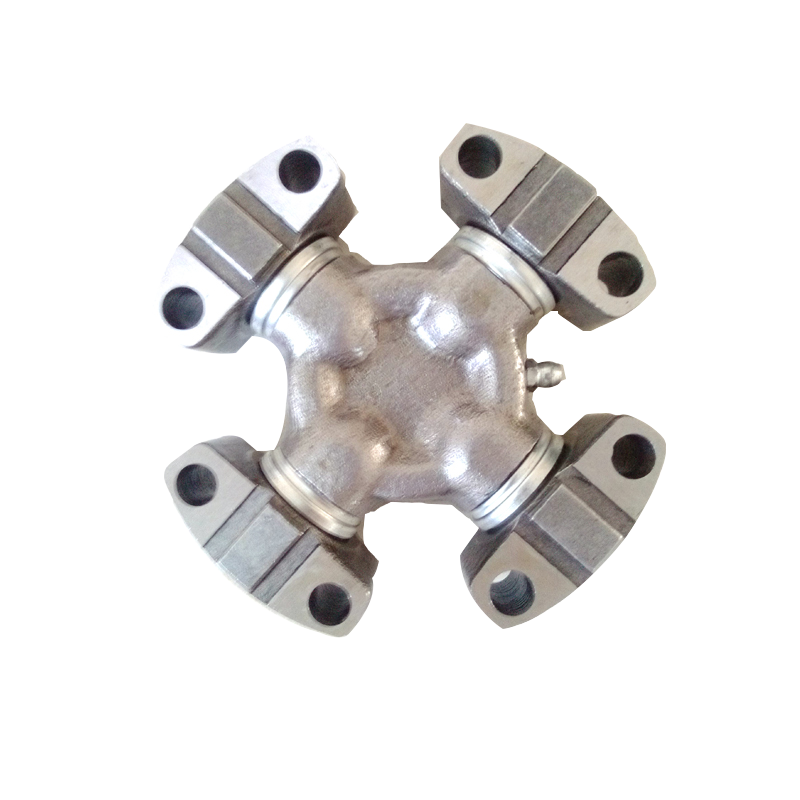
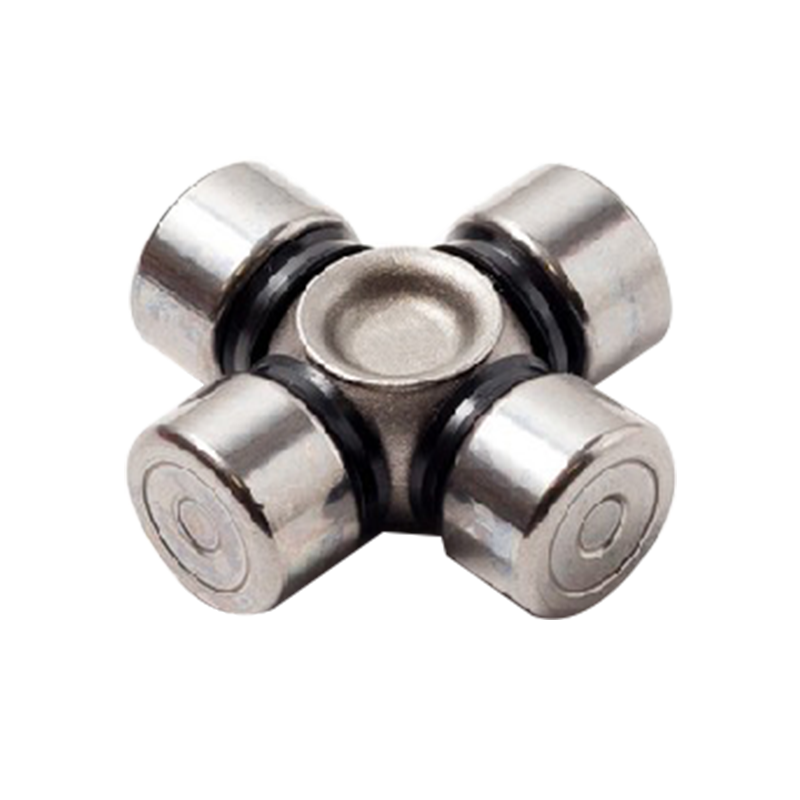
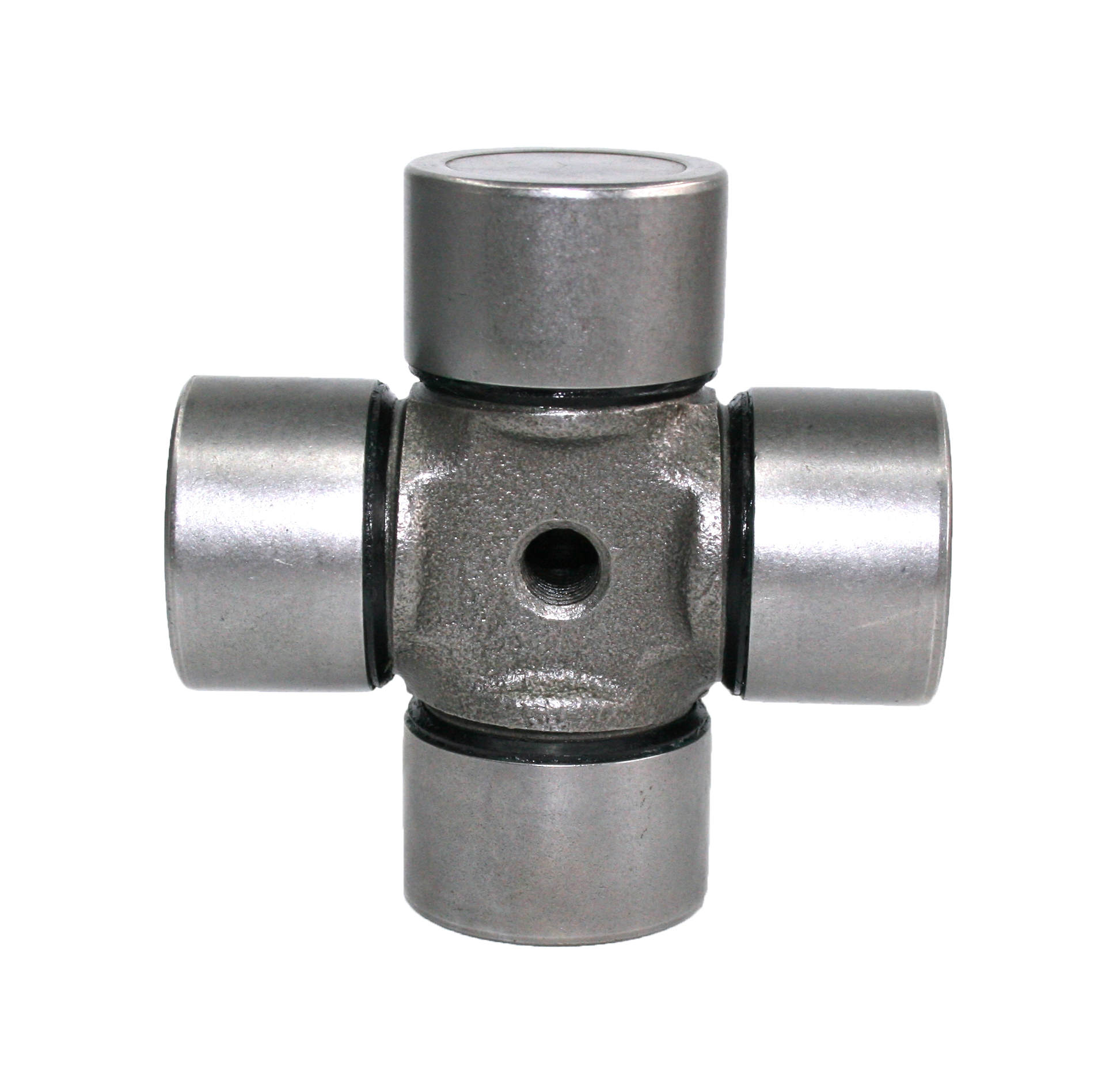
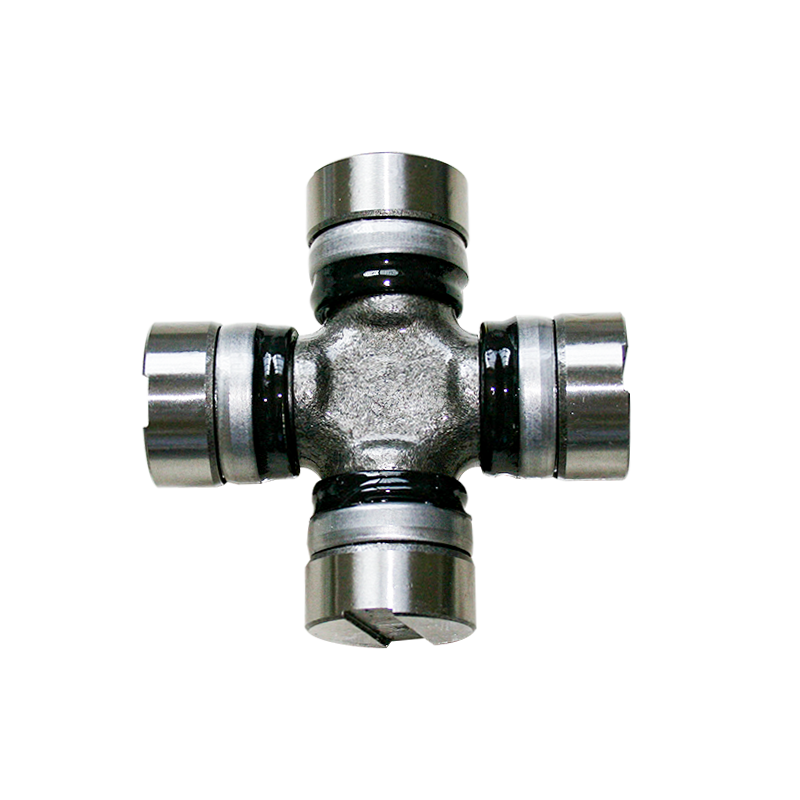

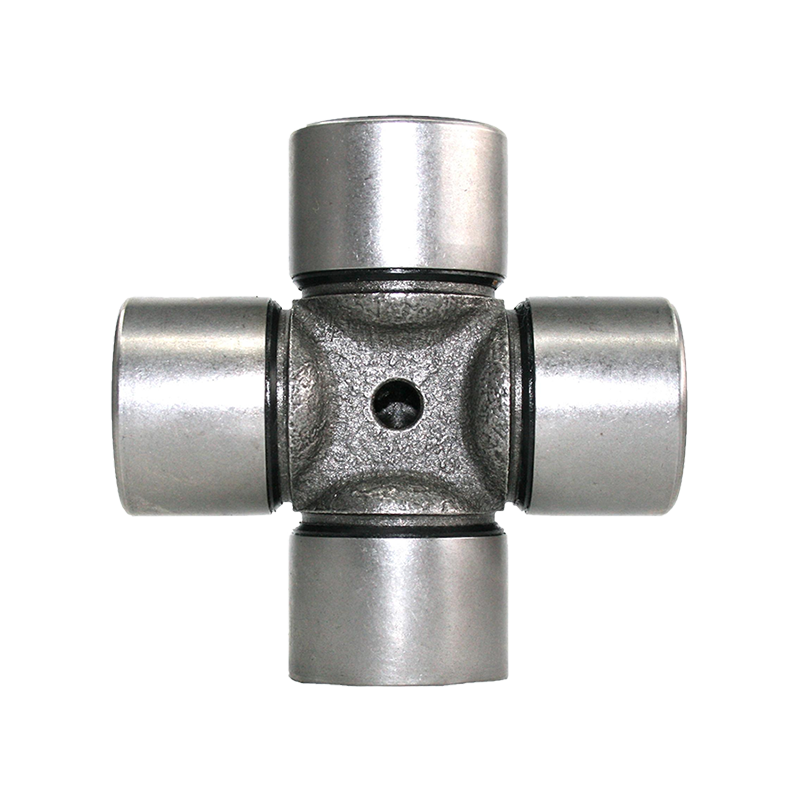
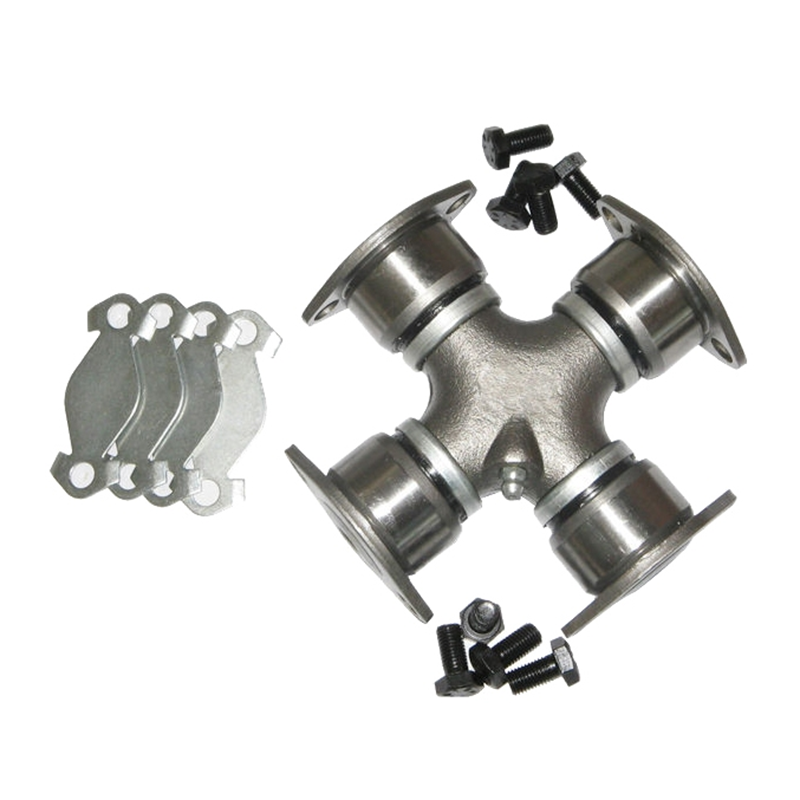


Contact Us